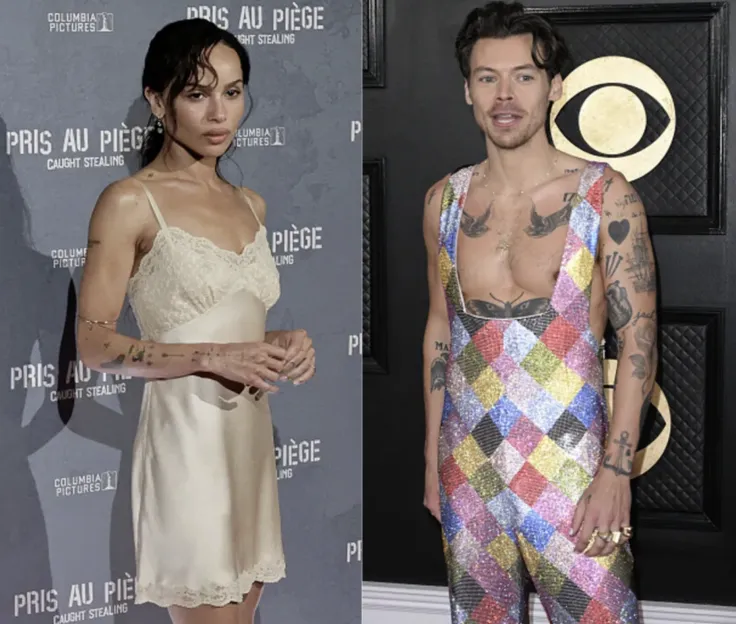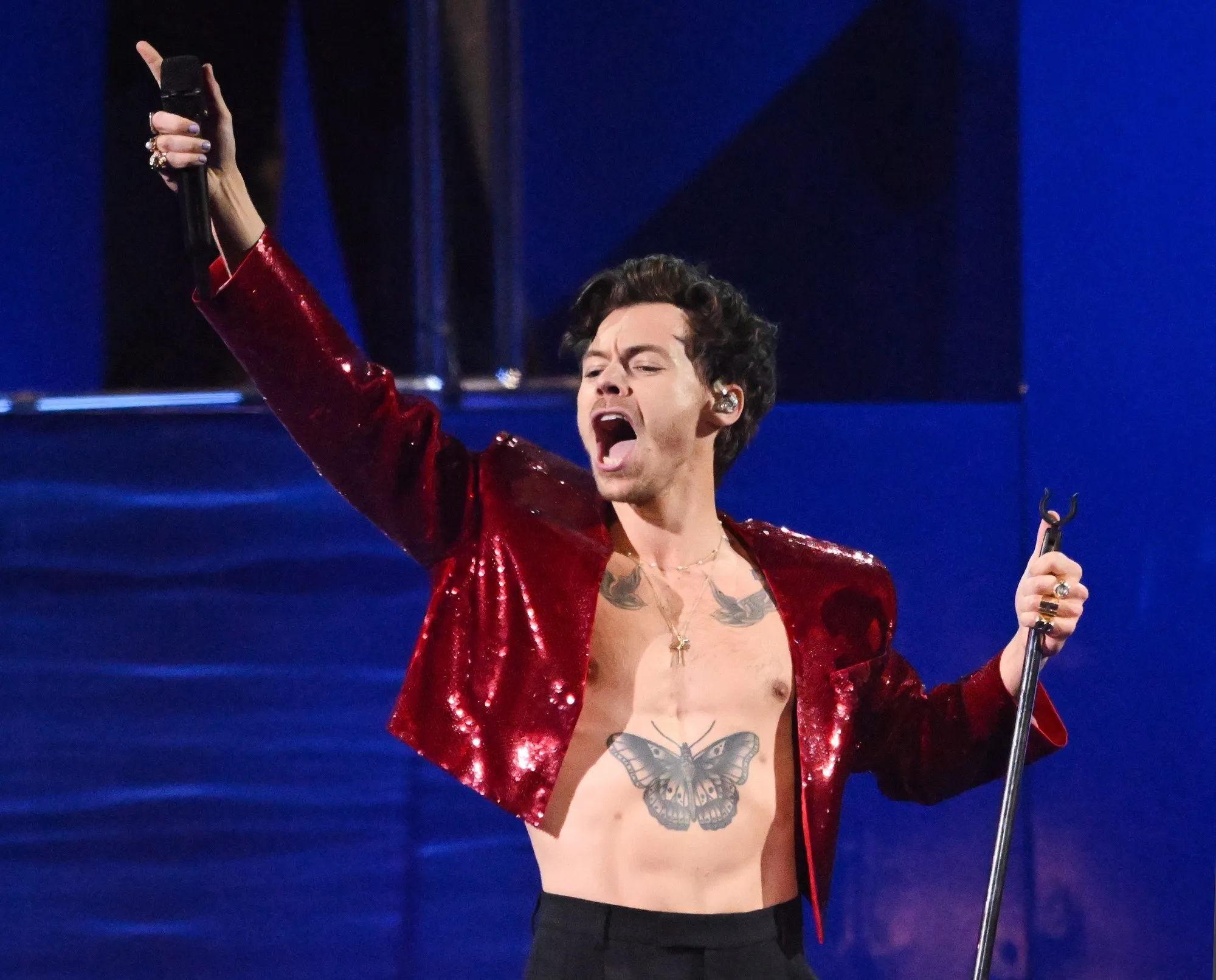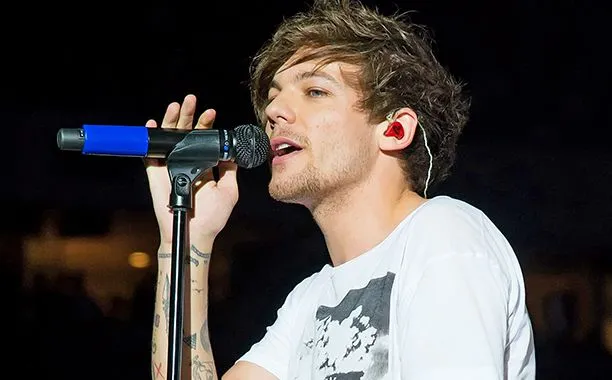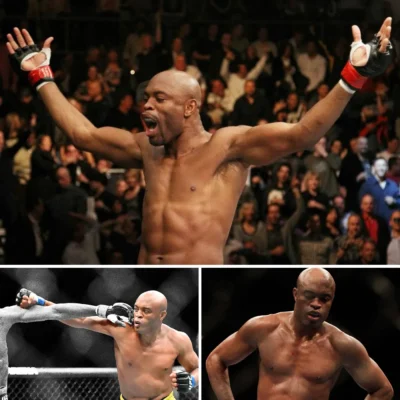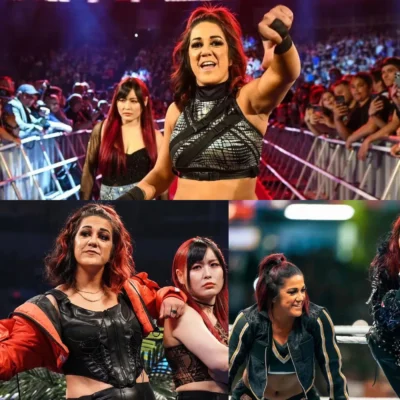
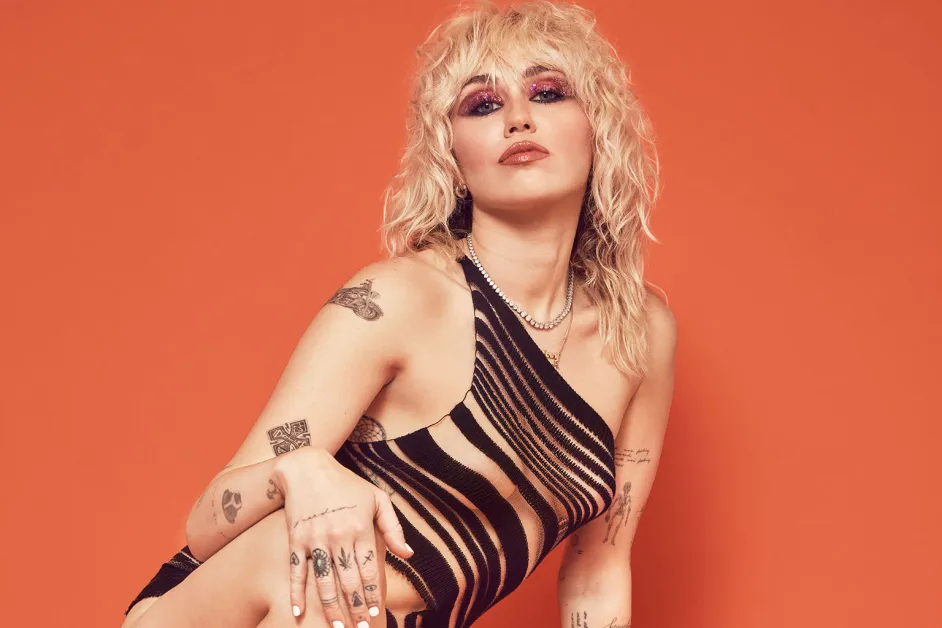
What consequences did Miley Cyrus have to suffer for changing her image too much, going against the majority opinion?
Few artists in the modern music industry embody the word transformation quite like Miley Cyrus. From her early days as Disney’s sweetheart in Hannah Montana to her controversial performances that shook pop culture, Miley has consistently redefined her identity. This constant reinvention has allowed her to remain relevant across generations, while also shaping her into a rebel icon with an irreplaceable presence in music and entertainment.
This article takes a deep dive into Miley’s journey—her calculated risks, her fearless artistry, and the strategies that turned her from a teen star into one of the most intriguing and influential figures of her era.
The Disney Era: Hannah Montana and the Sweetheart Image
Miley’s rise began in 2006 when she landed the lead role in Hannah Montana, a Disney Channel series that blended sitcom charm with pop music stardom. The show wasn’t just a hit; it was a cultural phenomenon.
-
Dual identity appeal: Fans loved the idea of Miley Stewart living a normal teenage life while secretly being pop sensation Hannah Montana.
-
Built-in fanbase: Disney’s promotional machinery turned Miley into an international star practically overnight.
-
Early musical success: With albums like Meet Miley Cyrus and Hannah Montana 2, she proved that her music could stand alone beyond the show.
But being a Disney star also meant being boxed into a “good girl” archetype—a limitation Miley was determined to break free from.
Breaking the Mold: The Transition Period
By 2010, Miley began shedding her Disney skin. Her album Can’t Be Tamed was the first attempt to present a more mature persona, complete with darker aesthetics and lyrics about independence.

This was met with mixed reactions:
-
Some applauded her courage.
-
Others criticized her for moving “too fast” and abandoning her wholesome image.
Yet this transitional phase was crucial. It laid the groundwork for Miley’s willingness to take risks, even at the cost of public approval.
The 2013 MTV VMA Shockwave: A Cultural Earthquake
If there was a single moment that cemented Miley’s status as a rebel icon, it was the 2013 MTV Video Music Awards. Her performance of We Can’t Stop and collaboration with Robin Thicke on Blurred Lines created headlines for weeks.
-
Twerking and tongue-out gestures became instant memes.
-
The media framed it as “Disney’s princess gone rogue.”
-
While many criticized her as vulgar, the performance undeniably sparked global conversation.
This was not accidental—it was strategic branding. Miley understood that shock value could break her away from the Hannah Montana shadow and reintroduce her as an adult artist on her own terms.
Reinvention Through Music: More Than Just Shock Value
Miley’s career is not defined solely by controversies. Her music has consistently evolved, reflecting her personal growth and diverse influences.
Bangerz Era (2013–2014)
-
Infused hip-hop, pop, and trap beats.
-
Songs like Wrecking Ball showcased emotional depth, balancing the provocative visuals with heartfelt vulnerability.
Miley Cyrus & Her Dead Petz (2015)
-
Experimental, psychedelic, and less commercial.
-
Released for free online, proving her willingness to prioritize artistry over sales.
Younger Now (2017)
-
A surprising pivot toward country-pop, honoring her Nashville roots.
-
Demonstrated versatility and respect for her musical heritage.
Plastic Hearts (2020)
-
Rock revival with influences from 80s glam and punk.
-
Collaborations with legends like Billy Idol and Joan Jett highlighted her adaptability.
Endless Summer Vacation (2023)
-
Mature, polished, and introspective.
-
Lead single Flowers became a self-empowerment anthem, resonating with global audiences.
Through these reinventions, Miley proved she wasn’t just chasing trends—she was curating eras, each with its own personality.
Fashion as a Statement: The Visual Evolution
Miley’s image wasn’t shaped by music alone. Fashion and visuals played an equally powerful role in constructing her rebel persona.
-
Disney Glam: Sparkly dresses and age-appropriate outfits for Hannah Montana.
-
Bangerz Boldness: Latex bodysuits, eccentric hairstyles, and unapologetically provocative looks.
-
Rock Goddess: Leather jackets, bleach-blonde mullets, and punk aesthetics in the Plastic Hearts era.
-
Modern Sophistication: High-fashion editorial looks in recent years, showing a blend of maturity and star power.
Every style shift was deliberate, sending a message about where she stood in her career and what she wanted the world to see.
Media Controversies and Public Perception
Miley’s rebellious choices often stirred backlash, but they also kept her at the center of cultural debates.
-
Cultural appropriation criticisms during the Bangerz era sparked conversations about representation in pop music.
-
Her openness about sexuality and identity positioned her as an LGBTQ+ ally and advocate.
-
Her raw honesty in interviews—whether about drug use, relationships, or personal struggles—made her relatable in a way that polished pop stars rarely were.
By refusing to conform, Miley forced the industry and her fans to accept her authenticity, even when it was messy.
Reinvention as a Career Strategy
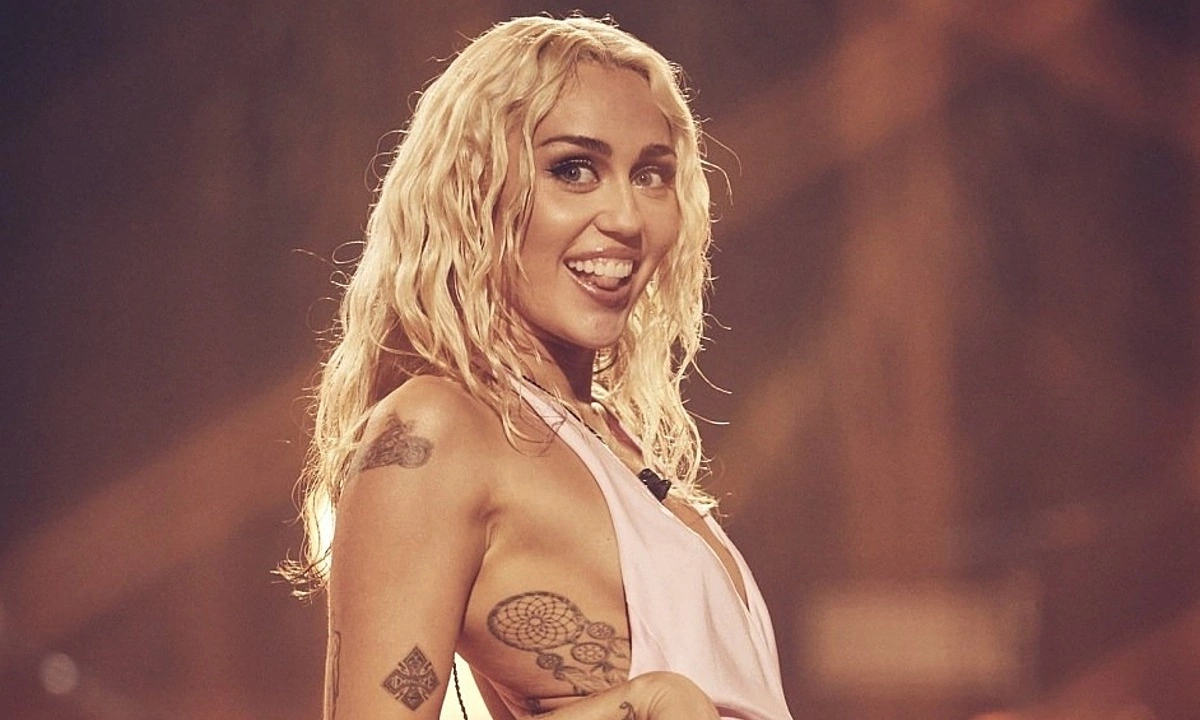
Miley Cyrus demonstrates a lesson that few pop stars master: reinvention is survival.
-
Madonna did it in the 80s and 90s.
-
Lady Gaga reinvented herself from shock-pop to jazz to Oscar-winning ballads.
-
Miley follows in this tradition, but with a uniquely millennial twist—embracing chaos as part of her brand.
Her unpredictability is exactly what makes her irreplaceable.
Cultural Impact: Miley as a Rebel Icon
At this point, Miley Cyrus is no longer just a former Disney star or a pop provocateur. She has become:
-
A symbol of self-expression for young fans navigating identity and freedom.
-
A disruptor who challenged expectations of what a female pop star should be.
-
A survivor of the industry, turning scandals into stepping stones.
Her anthem Flowers epitomizes this arc: a celebration of independence, resilience, and self-love—a far cry from the girl who once sang The Climb on Disney Channel.
Conclusion: Why Miley Cyrus Is Irreplaceable
Miley Cyrus’s journey from teen star to rebel icon is not a cautionary tale—it’s a blueprint for reinvention in the modern music industry. By embracing controversy, experimenting with genres, and refusing to be boxed in, she has built a career that transcends labels.
Love her or hate her, Miley Cyrus represents a truth that pop culture often resists: authenticity and evolution are more powerful than perfection. And that’s why, in the crowded world of pop stars, Miley remains irreplaceable.








